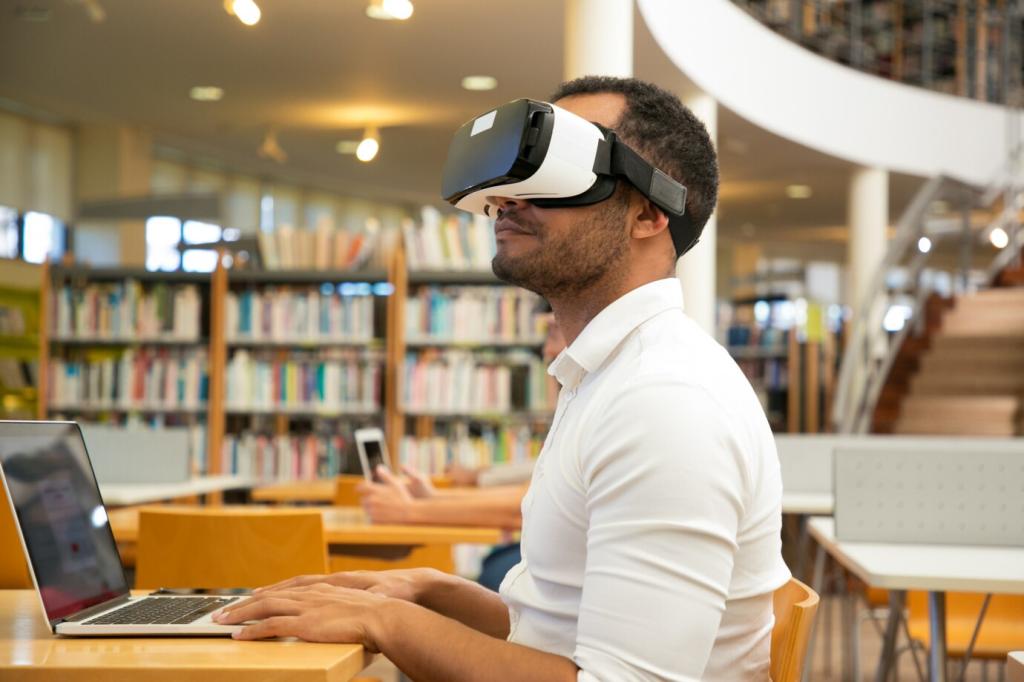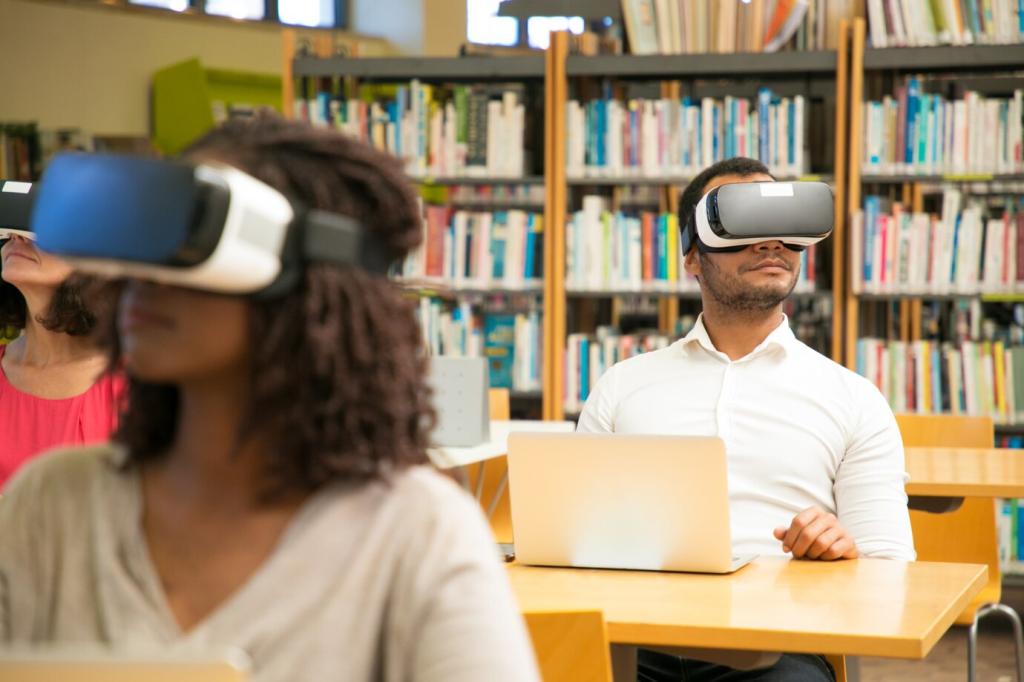Measuring Impact Beyond Completion
Track application metrics like time to competence, error rate reductions, or customer satisfaction shifts. Pair them with engagement signals. When outcomes move in the right direction, you know the microlearning is working where it counts.
Measuring Impact Beyond Completion
A/B test lesson order, question formats, or reminder timing. Small experiments yield quick insight without derailing schedules. Share one experiment idea in the comments, and we’ll suggest a minimal setup you can try next week.
Measuring Impact Beyond Completion
Invite short learner anecdotes about applying a tactic successfully. Combine these with quantitative trends to tell a compelling impact story. If you have a win to celebrate, drop it below and inspire the rest of the community.
Measuring Impact Beyond Completion
Lorem ipsum dolor sit amet, consectetur adipiscing elit. Ut elit tellus, luctus nec ullamcorper mattis, pulvinar dapibus leo.











